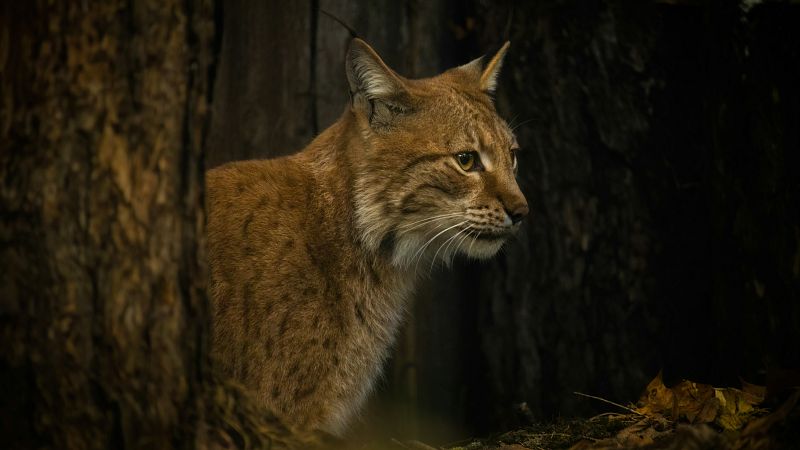‘Greatest recovery of a cat species ever achieved’: Iberian Lynx is no longer on brink of extinction

There’s good news for wildlife as one of Europe’s key carnivores bounces back from “near extinction”.
Until recently, the Iberian lynx had been on the International Union for Conservation of Nature (IUCN) endangered list.
The population of the medium-sized wildcat, endemic to the Iberian Peninsula in southwestern Europe, had been declining because of overhunting, poaching and loss of suitable habitats.
Their main prey, the European rabbit, is also becoming more scarce due to diseases like myxomatosis.
Now, however, the IUCN has downgraded the status of the Iberian lynx after conservation efforts paid off.
The Iberian lynx population is rebounding thanks to conservation action
The IUCN has changed the status of the Iberian Lynx from endangered to vulnerable on its Red List of Threatened Species.
The organisation says the species is “continuing its dramatic recovery from near extinction thanks to sustained conservation efforts.”
“As the IUCN Red List of Threatened Species celebrates its 60th anniversary, its importance cannot be overstated as the most complete source of information on the state of the world’s biodiversity,” says Dr Grethel Aguilar, IUCN Director General.
“It is an essential tool that measures progress towards halting nature loss and achieving the 2030 global biodiversity goals.
“The improvement in the Red List status of the Iberian lynx shows that successful conservation works for wildlife and communities alike,” Aguilar adds.
What conservation actions have been taken to protect the Iberian lynx?
The population of the Iberian lynx increased exponentially from 62 mature individuals in 2001 to 648 in 2022.
Today, the total population, including young and mature lynx, is estimated to be more than 2,000.
Conservation efforts for this keystone species have focused on increasing the abundance of its prey, the endangered European rabbit (Oryctolagus cuniculus), protecting and restoring Mediterranean scrub and forest habitat, and reducing deaths caused by human activity.
Expanding the species’ genetic diversity through translocations and an ex-situ breeding programme has also been key to increasing numbers.
Since 2010, more than 400 Iberian lynx have been reintroduced to parts of Portugal and Spain. The Iberian lynx now occupies at least 3,320 km2, an increase from 49 km2 in 2005.
Future conservation efforts still needed to protect the Iberian lynx
Francisco Javier Salcedo Ortiz, Coordinator of the LIFE Lynx-Connect project, which led the conservation action for the Iberian lynx, calls this “the greatest recovery of a cat species ever achieved through conservation.”
“This success is the result of committed collaboration between public bodies, scientific institutions, NGOs, private companies, and community members including local landowners, farmers, gamekeepers and hunters, and the financial and logistical support of the European Union LIFE project,” he says.
He adds that there is still a lot of work to do to ensure that Iberian lynx populations survive and the species recovers throughout its indigenous range.
The Iberian lynx still remains threatened, mainly due to potential fluctuations in the European rabbit population due to virus outbreaks.
It is also susceptible to diseases from domestic cats. Poaching and road kills remain threats, particularly where high traffic roads cut through the lynx’s habitat. Habitat alterations related to climate change are also a growing threat.
“Looking ahead, there are plans to reintroduce the Iberian lynx to new sites in central and northern Spain,” Ortiz says.
The IUCN’s first Green Status of Species assessment - the global standard for measuring species recovery and assessing conservation impact - categorises the Iberian lynx as largely depleted.
However, its high Conservation Legacy reflects the impact of conservation efforts to date, and “enough suitable habitat remains that the species could reach fully recovered status in 100 years, assuming conservation efforts continue with maximum efficacy,” the organisation says.
Yesterday

